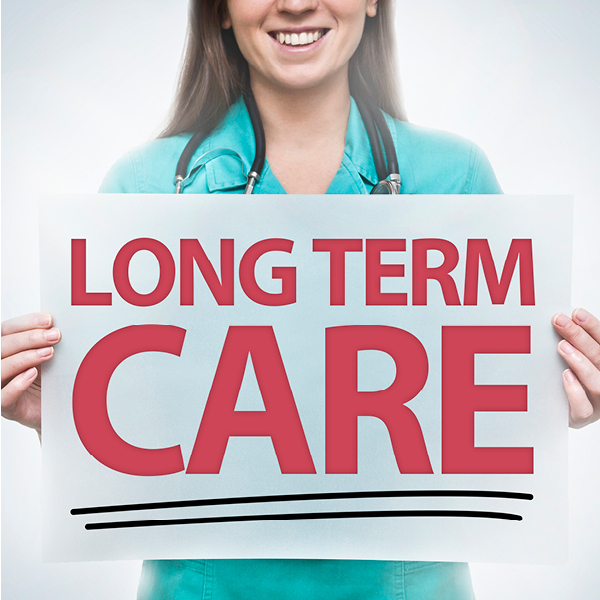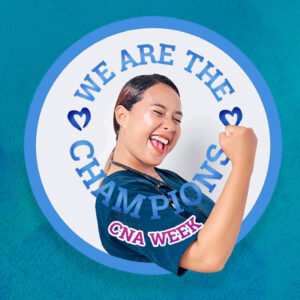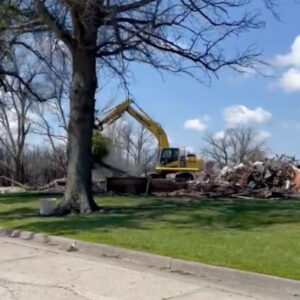REPRINT © 2023 PharMerica Corporation:
Long-term care facilities face many challenges. DONs are at the forefront of these, and they are using innovative ideas, creative solutions, and determined resilience to not just survive, but thrive. Mindi Estes, RN, regional nurse consultant for Mission Health Communities, shared actionable insights on some leading issues impacting DONs and their teams:
Agency staff.
“Sometimes we need to use agency staff, and when we do, we have to set clear expectations for them and make certain they have the necessary training and information needed to care for our residents,” said Estes. It is also important to have mentors in the building available to agency staff to answer their questions or assist them if they need guidance. “When we set clear expectations at the beginning of our partnership with agency staff, we can continue to achieve quality care standards and it also leads to better survey results. It is critical for the agency staff working in your building to know what is happening and have a sense of responsibility and accountability for resident and survey outcomes.”
Resident/family communication.
“Listening is an integral part of communicating with our residents and family members,” Estes said. Sometimes, communication can be difficult when a family’s expectations don’t coincide with reality. “Our job in these situations is to be that voice to help them understand the reality of the situation and offer solutions. It takes the resident, family, and the care team working together to create an exceptional experience.”
Estes noted that communication within the care team is also important. “It is vital that we speak with CNAs who are the front line and can offer critical information that can help drive resident care. They are working with the residents every day and know the little details that make a difference in outcomes.” For example, a CNA knows that a resident who wants to be able to walk down the aisle at her grandson’s wedding is barely able to stand and ambulate a few feet to the restroom. “This information is helpful because we now have a goal that nursing and therapy can work to.”
Changes to the MDS 3.0.
These changes will go into effect later this year, and the biggest impact, Estes said, will be on documenting the way residents function and ensuring that we accurately capture why they were admitted to the facility. “Our clinical reimbursement teams are starting a task force to educate nurses and aides on the necessary documentation that will be needed to meet the new changes. It is
important that we are proactive in getting this education out to staff,” she said.
She suggested that this may involve a ‘super MDS user/documenter’ to lead a train-the- trainer type of effort. This will help the team understand what documentation will be imperative for reimbursement and how that impacts them as well as the organization, she offered.
Documentation.
Documenting everything needed on a resident is very challenging. “Despite best efforts, details and information get missed. For instance, when reviewing a resident’s chart, I often find that we don’t do an adequate job of documenting in detail a resident’s pain, behaviors, fall follow-up, or skin issues. The biggest thing I see is a lack of follow up on behaviors,” shared Estes. When a resident is having behaviors, the interventions used and their outcomes should be documented.
Another example is hearing from staff that a resident is wandering, “but when I go to review the chart, there isn’t any documentation related to wandering.” Estes thinks this problem is two-fold. “First, I think there is a lack of understanding among our front-line staff of what needs to be documented and why it is important to capture these details. I also think time constraints are the second part of this problem. Life on the floor is busy, and providing care and other
distractions keep people from charting.”
Estes suggests that coming up with fairly easy ways for teams to document things in real time is important to correct this issue. “We cannot expect our teams to remember every detail that happened in the last 30 minutes when a million things have occurred during that time.”
Ultimately, Estes said, “We must be better about team building and ensuring that everyone feels they are valued as much as everyone else. We also have to think outside the box on building morale. People need to feel appreciated.”
This doesn’t have to be complicated or expensive, she proposed. It can mean small steps such as managers carrying gift cards to hand out when they see someone doing something good or going above and beyond; or people can share gratitude and pay tribute to others on white boards in the
building or share shout-outs on social media.



